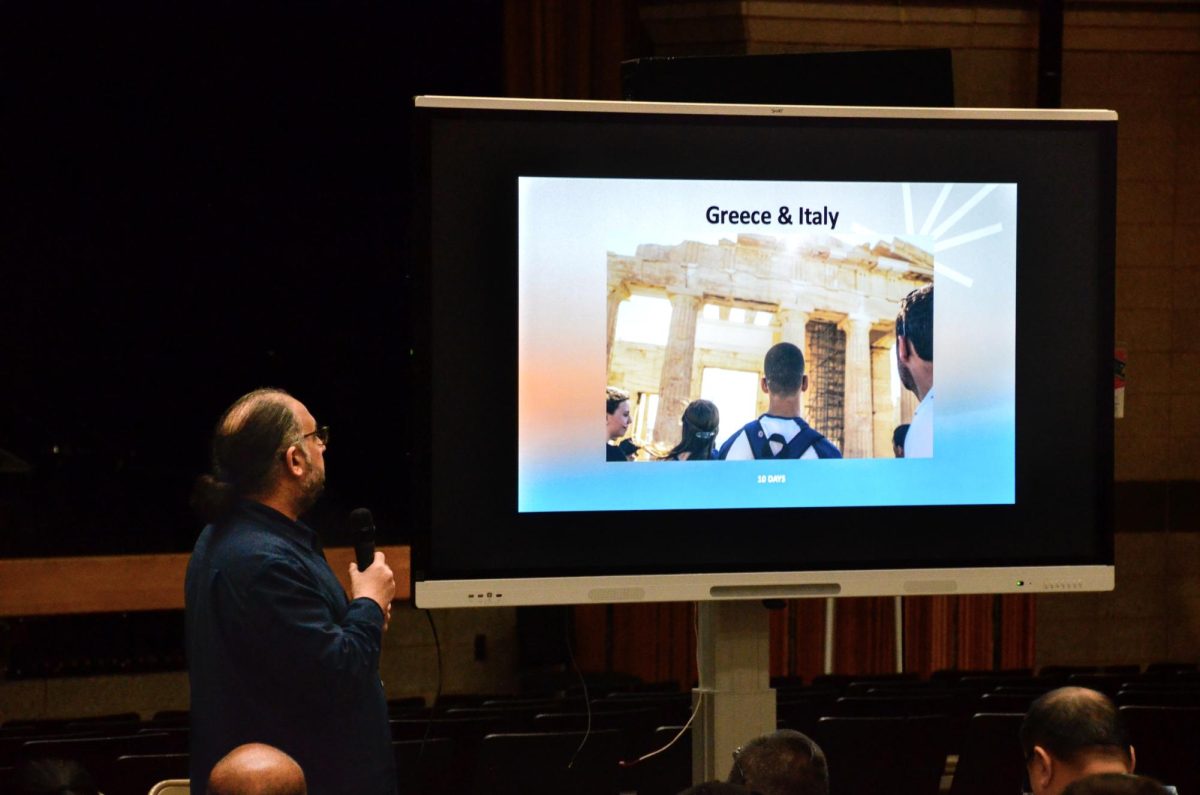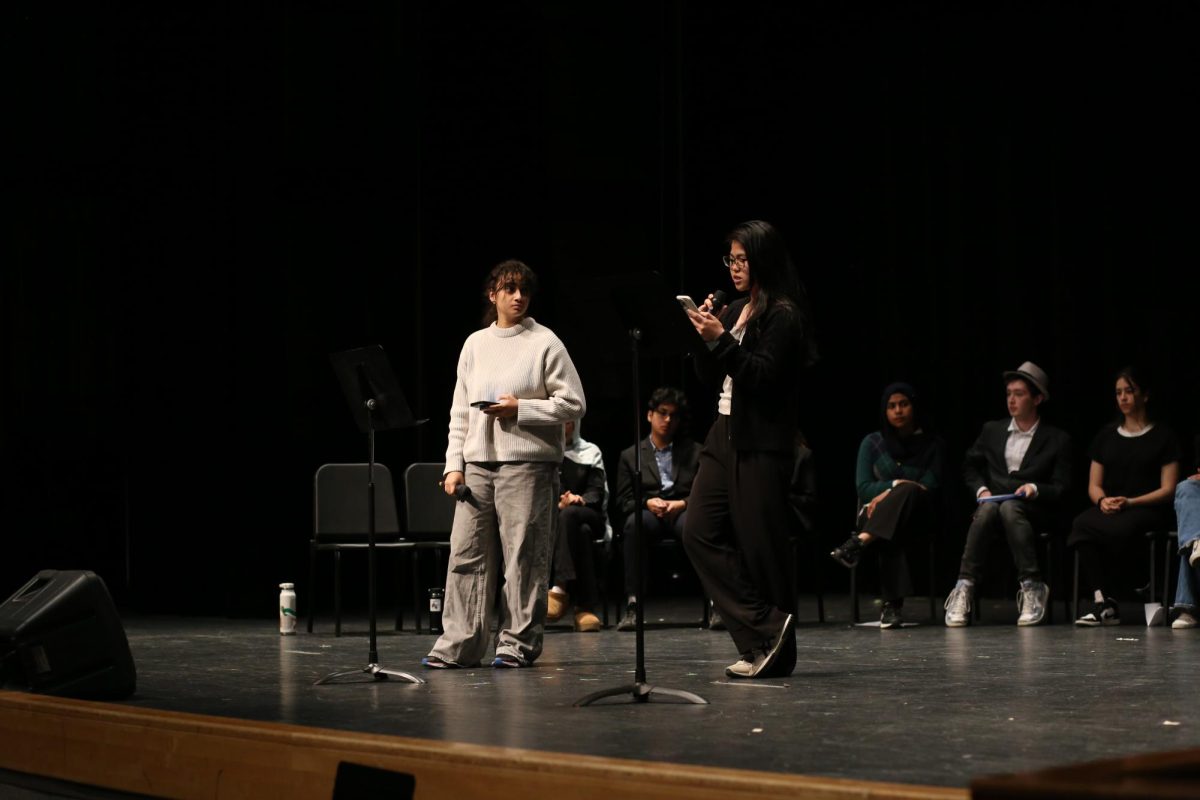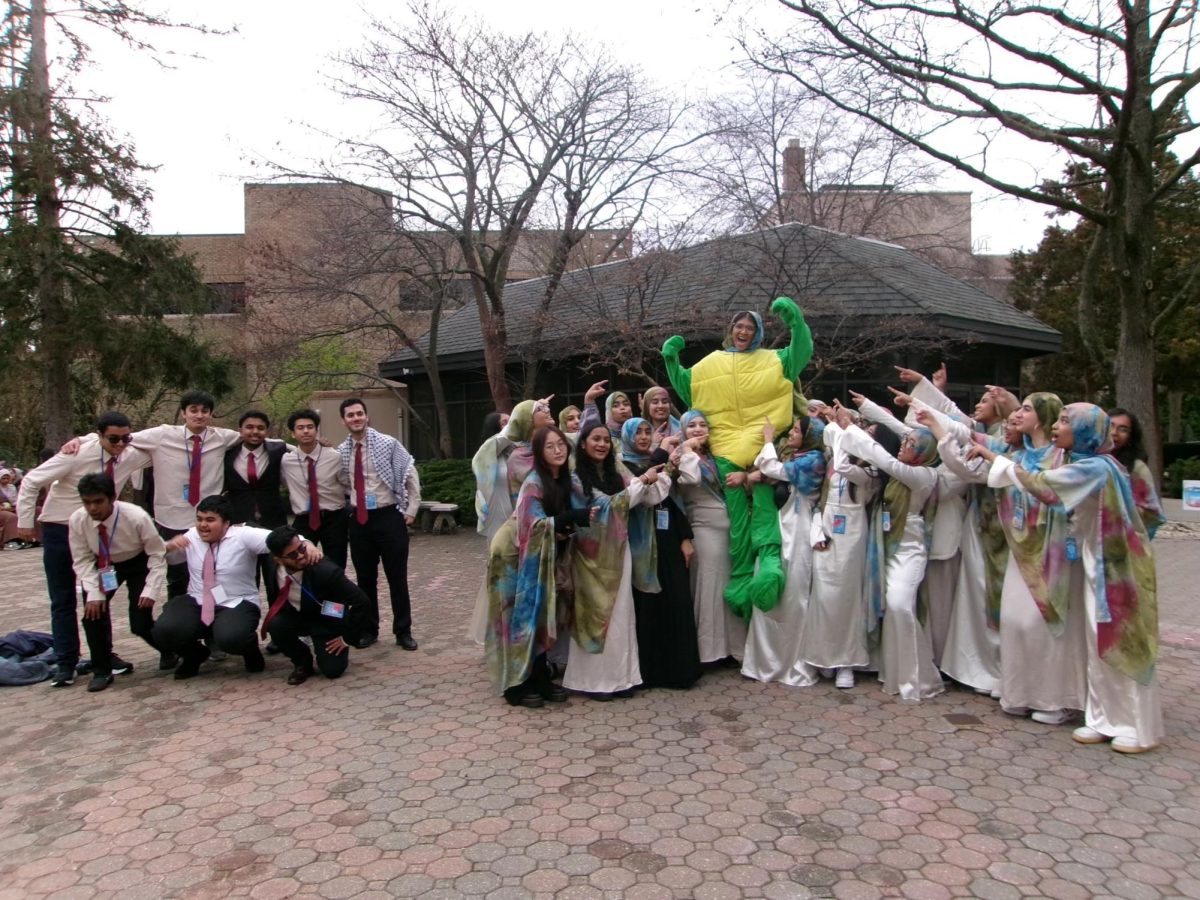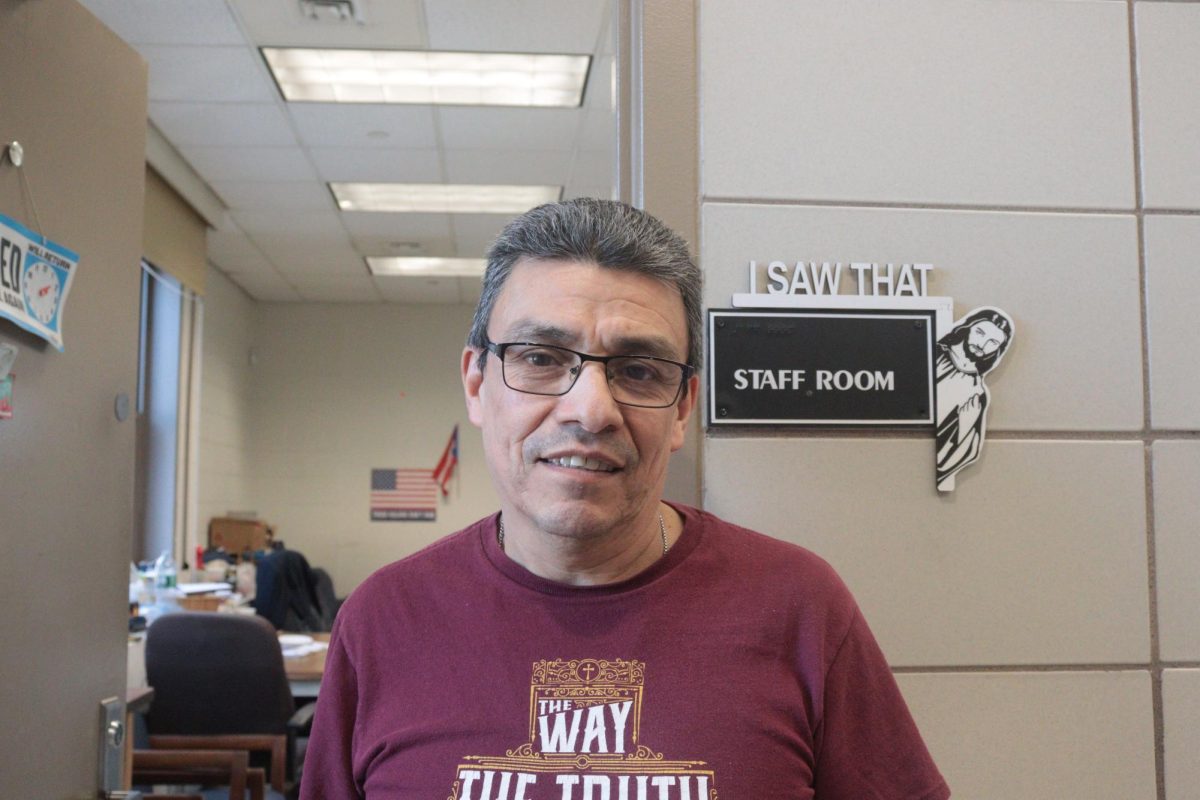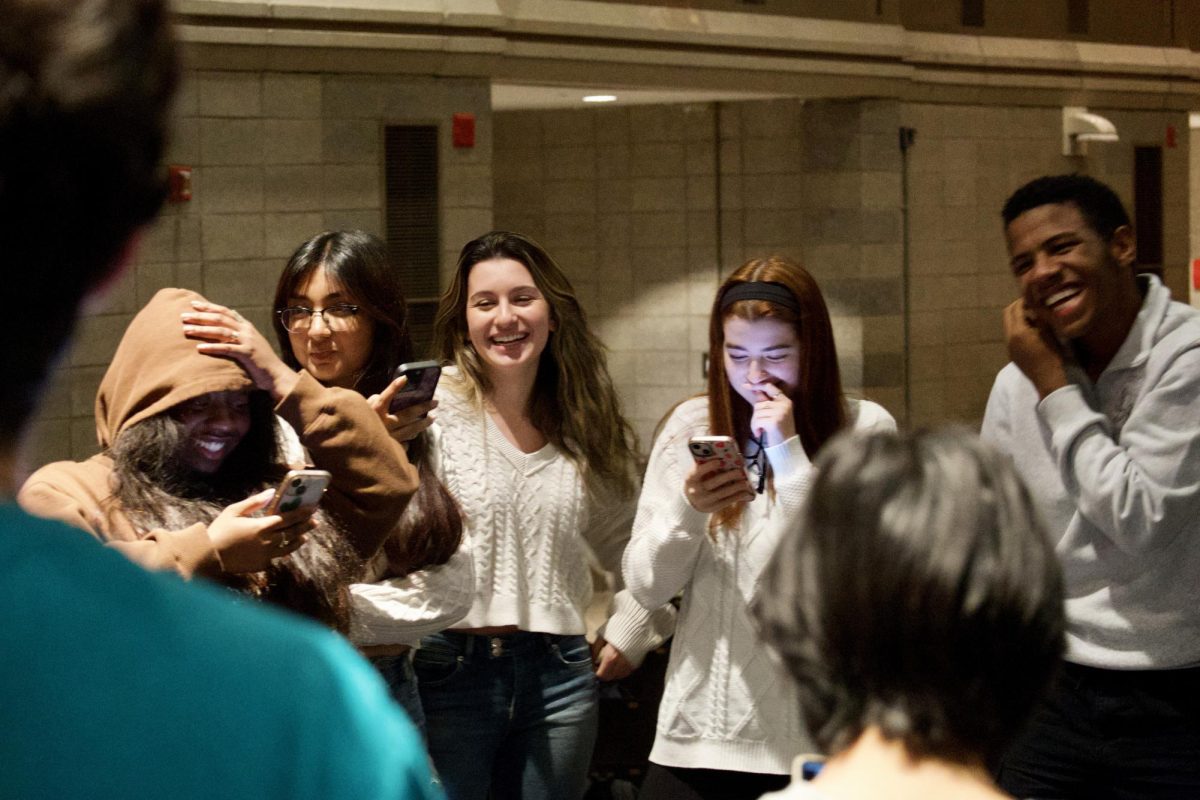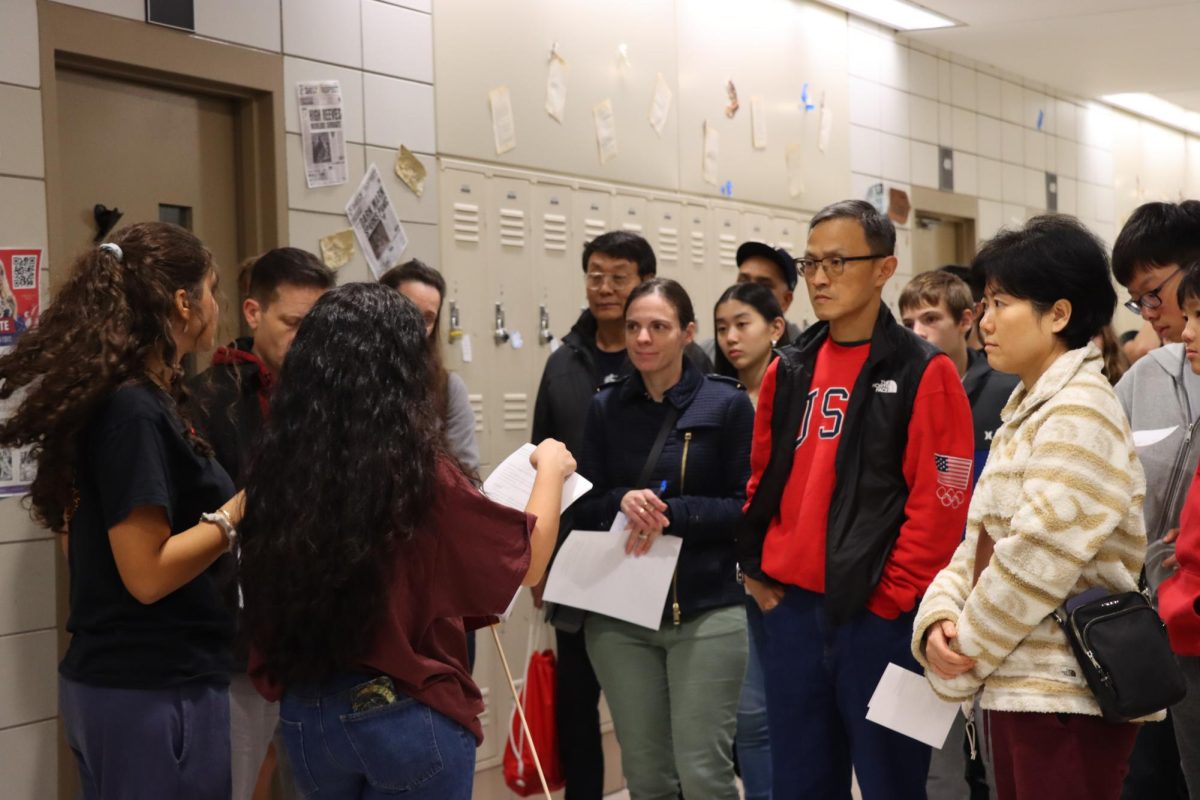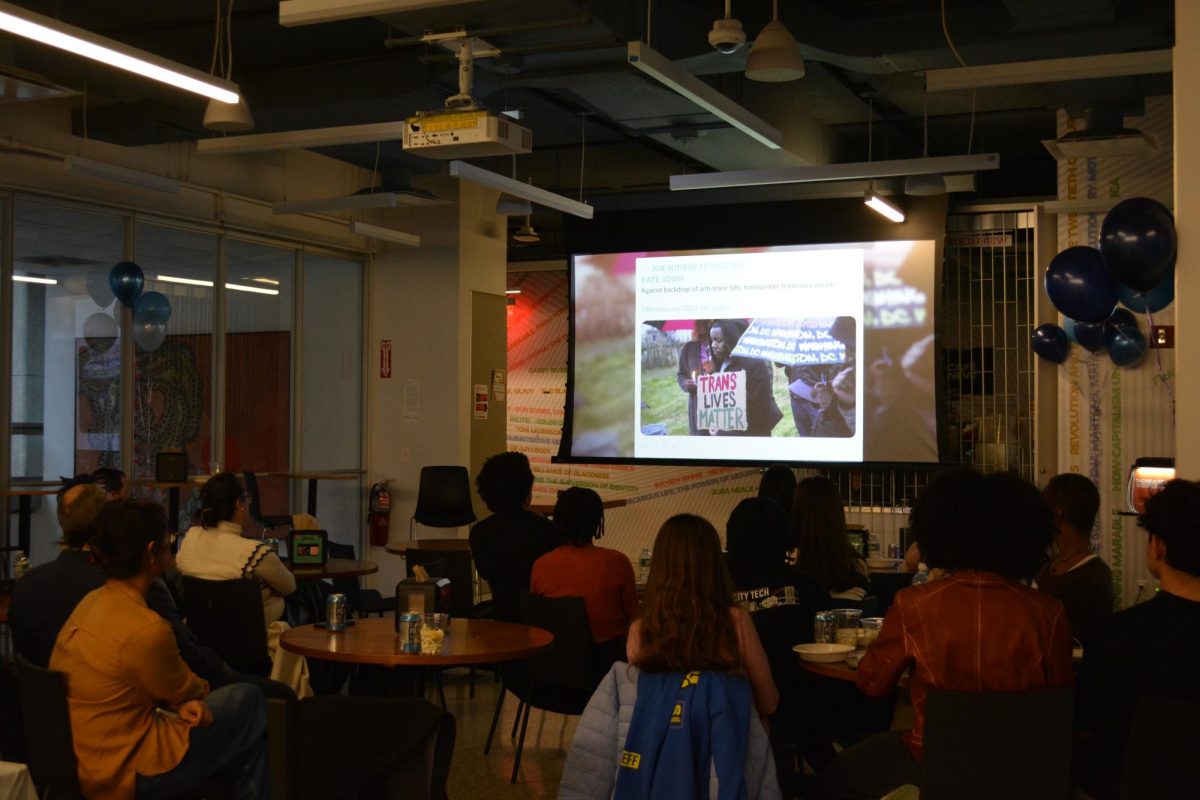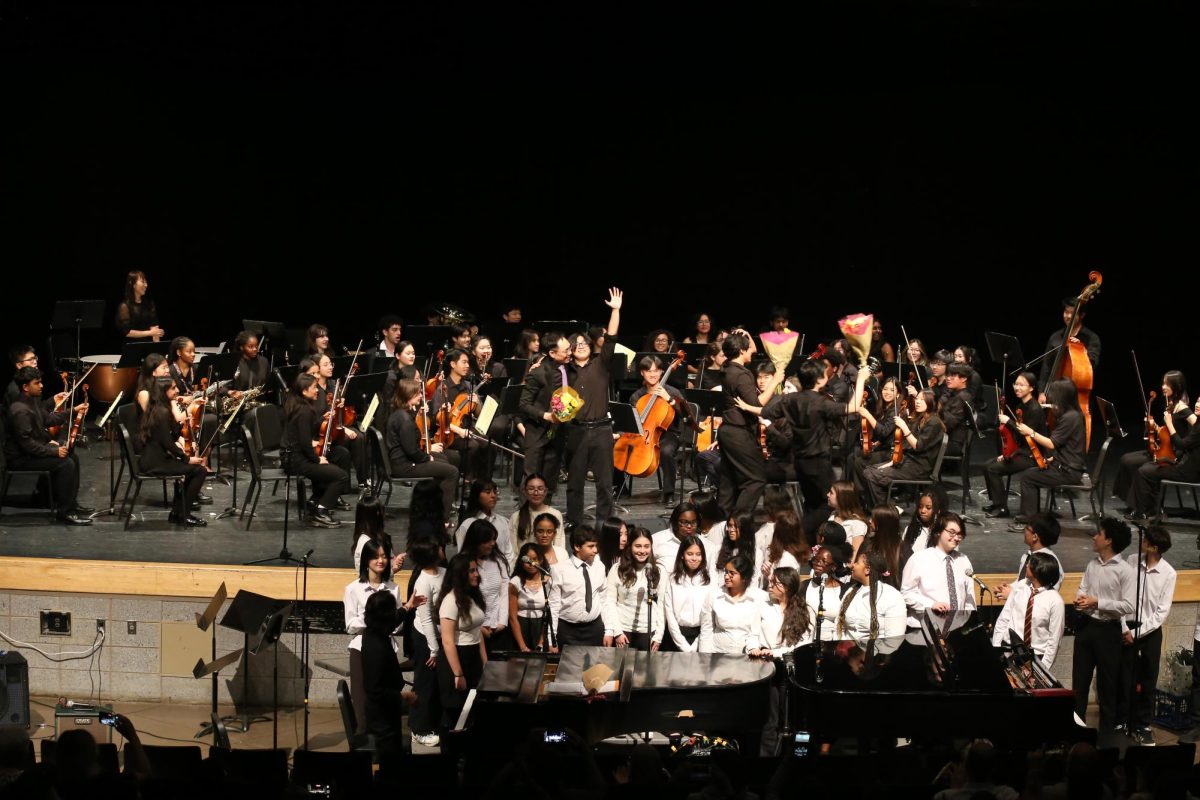
Townsend Harris’s Festival of Nations (FON) is a chance for students to highlight the diversity in this school and share a part of their culture through either song or dance. Just as in the past, this year students will join groups, either those they have a personal connection to or just have an interest in, and for a few hours will transport audiences all around the world. However, before students can take center stage, they should know that a few changes are in store for the event.
One of the changes that will accompany this year’s FON is the costumes. Leaders of both Hispanic FON and Caribbean FON have expressed their plans regarding performance attire this year. Senior Catherine Vozikis, one of the leaders of Hispanic FON, said that she’d like to work on making the outfits for the show less flashy. “We always strived for costumes that were bright and suitable for the stage but still wearable for other occasions. Last year we had silver sequined shirts that looked good and stageworthy, but members stressed the fact that they couldn’t really wear them anywhere else. Some years we just stuck to black leggings or a skirt and a plain shirt. We don’t know how we’re going to change costumes yet, but the goal is to have something affordable and practical, but still aesthetically pleasing.”
Contrary to the leaders of Hispanic FON, Caribbean FON co-starters Kaycia Wilson and Christina Marshall, juniors, both expressed their desire for brighter, bolder outfits this year, stating that they plan on adding more color to the costumes. Christina added, “We’d like to make the costumes more elaborate, if we can.”
Others are reluctant to change their costumes. Riane Bawalan, senior and member of Filipino FON, said that the costumes are expected to be the same year after year for the traditional dances.
Changes in dance routines and overall performances are to be expected as well. Caribbean FON intends to have more technical choreography that better reflects the culture of the islands. “[There will be] more people, more music, more costuming, and more elaborateness. We made four new routines in the summer. [We will have] better transitions, with some of the same moves but even more culture,” commented Kaycia.
Like its Caribbean counterpart, Hispanic FON will undergo major changes in the dances. Although the styles of music, which include traditional Latino genres, will stay largely the same, Hispanic FON will create smaller dance groups based on musical genre, to organize the growing number of participants. “We also plan to utilize different formations on stage when dancing, instead of the usual gridded and “window” technique. Circle formations and switching partners is something we’re definitely working on, “ Catherine explained.
Similarly, Punjabi FON anticipates a vastly different look in 2014. Arminder Singh, a senior leader of Punjabi FON, revealed, “There are going to be new members, new leaders, new outfits, more props and definitely better music. This year’s dance will look very different from last year’s.”
For the many FON groups, the arrival of new leaders will also distinguish this year’s performance from that of last year. The new leaders, who are typically seniors, bring their experience, strengths, and tastes when coordinating performances. Anaya Brannon, a junior performing in the Hispanic FON, acknowledged, “There will be new leaders so the dances will reflect their personal styles. The dances will still have some traditional and some modern songs. And it’ll still be a lot of fun.” Ann Kochupurackal, a junior member of Dhamaka, also acknowledged the instrumental role of the seniors, saying, “The seniors this year are really creative, so I’m sure they’re already stirring up some great innovative ideas for this year’s FON.”
Aside from the array of distinctions that will separate this year’s FON from the previous year’s, this year’s performances will once again take place on the stage at Townsend Harris as opposed to the stage of the Colden auditorium. Like SING!, the student body was polled and FON will also be put on for two nights.
Senior Amanda Ramsaroop expressed a different change that called for concern. “For FON in general our biggest change is losing Ms. Mars, who was basically the backbone of FON. So for now I’m taking this time to get to know Mr. Barbetta and Ms. Fee, and we’re working with Ms. Ezquerra to organize dates and deadlines for leaders.”
Despite all of the things that will be subject to change this year, some traditional aspects will remain. The specific tracks of each performance change every year, but the musical genres largely stay the same. Members of Hispanic FON will continue to dance to musical styles such as bachata, merengue, reggaeton, and salsa; their friends at Filipino FON will perform to traditional Filipino music, as well as to old school and modern American songs. Many of the same moves and routines seen last year will be used again this year. Riane Bawalan, a senior leader of Filipino FON, described the classic format of Filipino FON as “one traditional dance, two female dances, and two partner dances.” In Punjabi FON, traditional dance styles will reintroduce dance moves from last year. “I guess the way we’re going to perform would stay the same. When it comes to bhangra (a form of Indian dance), the order and way the steps are executed matters most because many of the steps are very similar,” observed Arminder.
Many of the much-loved traditions Townsend students have grown accustomed to will be accompanied by numerous changes at the 2014 Festival of Nations, which serves as a festive reminder of the diversity and energy within the student body.

